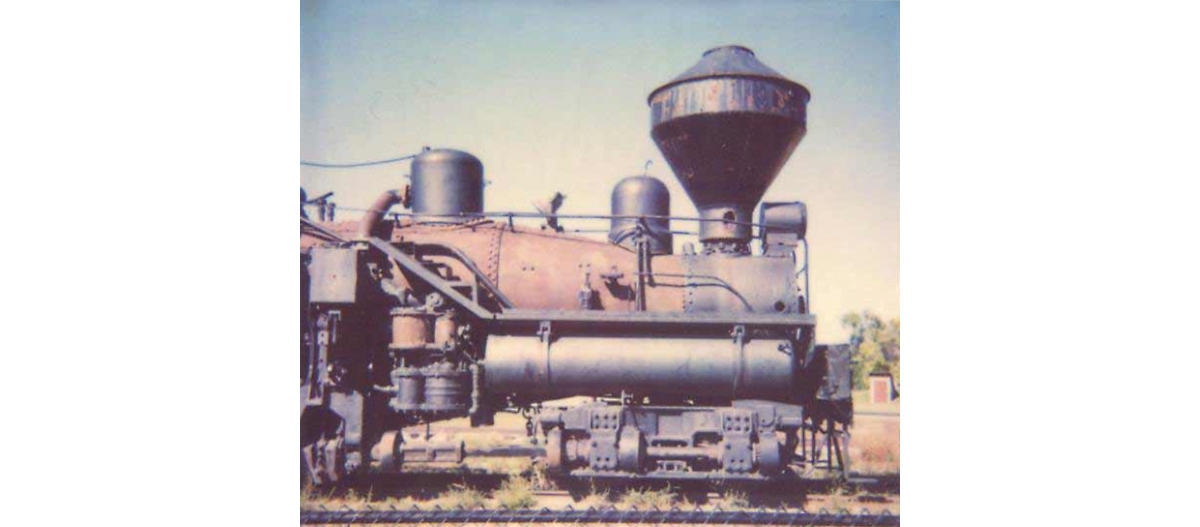A train restoration expert, Larry Ingold saw past the rare Willamette Engine #7’s rust spots and, like other fans, envisioned her eventual restoration at a Missoula museum where she has been parked for 30 years.
“She’s a local treasure with national significance,” said Ingold, 72, who began coordinating the engine’s restoration in 2018 at the Historical Museum at Fort Missoula.
Built in 1923 by the Bingham-Willamette Co. of Portland, Ore., the coal-burning steam engine was a geared Shay-type locomotive ideal in the mountains where she chugged along steep, curvy tracks, hauling logs mainly for mine construction for a quarter-century.
“I started doing some research about her career, and she’s a lot more special than we first realized,” Ingold said. “There’s enough material to write a book about her.”
Engine #7 is the oldest known surviving Willamette locomotive in the nation and has the only example of a distinctive smokestack. The large conical Radley Hunter Stack was considered the crown jewel of spark arresters.
Her unique qualities brought her out of retirement to star in the 1955 movie Timber Jack and Larry even appeared in the television show, Petticoat Junction.
Although Engine #7 may have lost her luster, her allure has never diminished. As beloved as the Polar Express, she is getting help from fans who are raising money to protect her from the weather until she can be restored.
“We hope to build an open timber shelter next year and have submitted grant applications,” said Matt Lautzenheiser, museum director. “Since spring, monthly work groups have been evaluating what needs to be replaced and repaired.”
Ingold’s leadership in preserving the one-of-a-kind locomotive was serendipitous for the museum. He has built and restored historic engines and was a railroad executive. A few years ago, Ingold and his wife, Jan, moved to Montana from California, where he retired from his job as vice president and general manager of the Sierra Northern Railroad.
“We discovered western Montana when our daughter went to the university here,” said Ingold, who lives near Hamilton. “We love it here in the mountains and timber.”
With construction of the open timber shed, train aficionados can still take photos and pull the cord in the cab to hear that familiar train whistle, the sound of prosperity when Engine #7 worked within an 80-mile radius of Missoula.
By 1948, trucks replaced trains. Engine #7 was parked at a saw mill until Hollywood came calling, and crews oiled, and fired her up once again. Eventually a lumber company donated her to the museum in 1989.
Restoring Engine #7 will help future generations appreciate a bygone era and how a once bustling railroad industry shaped Missoula and western Montana, Ingold said. She served western Montanans for nearly three decades.
“The steam engine on the railroad changed everything,” Ingold said. “It led to the development of cities in the West and technological advancements with telegraph and phone lines. Trains carried food and fresh produce and helped transport the injured to hospitals, all at unprecedented speeds for the times. They developed America and are now a lasting part of our history.”
Donations for saving the Willamette Engine #7 are accepted at HMFM, 3400 Captain Rawn Way, Missoula, MT 59804. Details of the project may be found at www.fortmissoulamuseum.org/save-the-train. MSN










